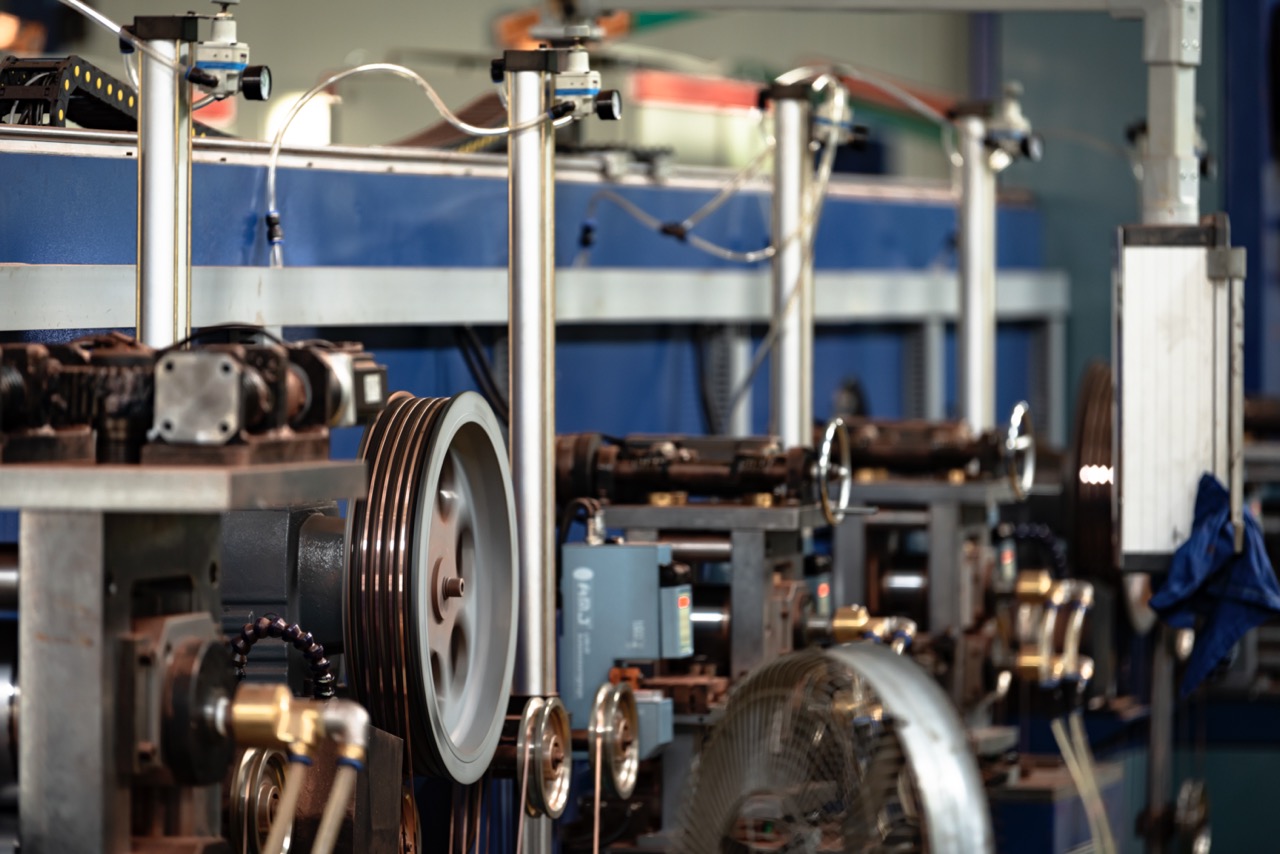The advantages of copper-clad aluminum strip in the industry are mainly reflected in the following aspects? Why do so many companies chooseCopper clad aluminum strip?
- Cost-effective
Low material cost: The price of aluminum is much lower than that of copper. Using aluminum as the substrate with an appropriate amount of copper layer can greatly reduce the cost of raw materials.
High cost-effectiveness: While meeting the requirements of high conductivity, the overall cost is more competitive than pure copper products, and is particularly suitable for large-scale photovoltaic, power, electronics and other industry applications.
- Lightweight advantages
Reduce system burden: The density of aluminum is only 1/3 of that of copper, and the overall weight of copper-clad aluminum strip is significantly reduced, which helps to reducePhotovoltaic modules, transmission lines and other systems.
Easier transportation and installation: Lightweight products not only reduce transportation costs, but also improve installation efficiency and meet the needs of large-scale engineering projects.
- Excellent electrical conductivity
Optimized copper layer design: Advanced technology is used to ensure that the copper layer thickness is uniform and firmly bonded, making the conductivity of the copper-clad aluminum strip close to that of pure copper welding strip, meeting the requirements of efficient power transmission.
Reduce energy loss: Good conductivity reduces contact resistance and voltage drop, improving the operating efficiency of the overall system.
- Environmental Protection and Sustainability
Abundant resources and recyclable: Aluminum resources are abundant and easy to recycle, which reduces dependence on scarce copper resources, helps reduce environmental impact, and meets the requirements of green and sustainable development.
Low carbon emissions: The production process of aluminum is relatively environmentally friendly, and the use of copper-clad aluminum strip helps to reduce the carbon footprint of the overall system.
- Mechanical and chemical properties
Mechanical stability: After precision processing, copper-clad aluminum strip has excellent tensile strength and fatigue resistance, and can withstand long-term mechanical stress and temperature changes.
Corrosion and oxidation resistance: The outer layer of copper can effectively prevent the oxidation of the aluminum core, maintain long-term stability in harsh environments such as humidity and salt spray, and improve the reliability of the system.
- Technological innovation drives quality improvement
Production process upgrade: Through advanced processes such as high-temperature calendering, precision drawing and strict quality inspection, we ensure that each batch of products can meet high standards.
Continuous investment in R&D: The company continues to invest in R&D to improve the performance of copper-clad aluminum strips, overcome the shortcomings of traditional processes, and provide the market with more stable and efficient products.
- Market adaptability and wide application
Multi-field application: not only suitable forPhotovoltaic welding ribbonIt is also widely used in power transmission, electronic equipment, communication cables and other fields to meet various market needs.
Coping with large-scale projects: Lightweight, low cost and high performance make copper-clad aluminum strip particularly suitable for large-scale engineering projects, and it has broad prospects in the global new energy and clean energy market.
In general, copper-clad aluminum strips have played an important role in the field of new energy and photovoltaics due to their advantages such as low cost, light weight, excellent conductivity, environmental protection and mechanical stability. With the continuous advancement of production technology and the increasing market demand for cost-effective products, copper-clad aluminum strips will play a greater role in the future and lead the industry to a more efficient and sustainable direction.
